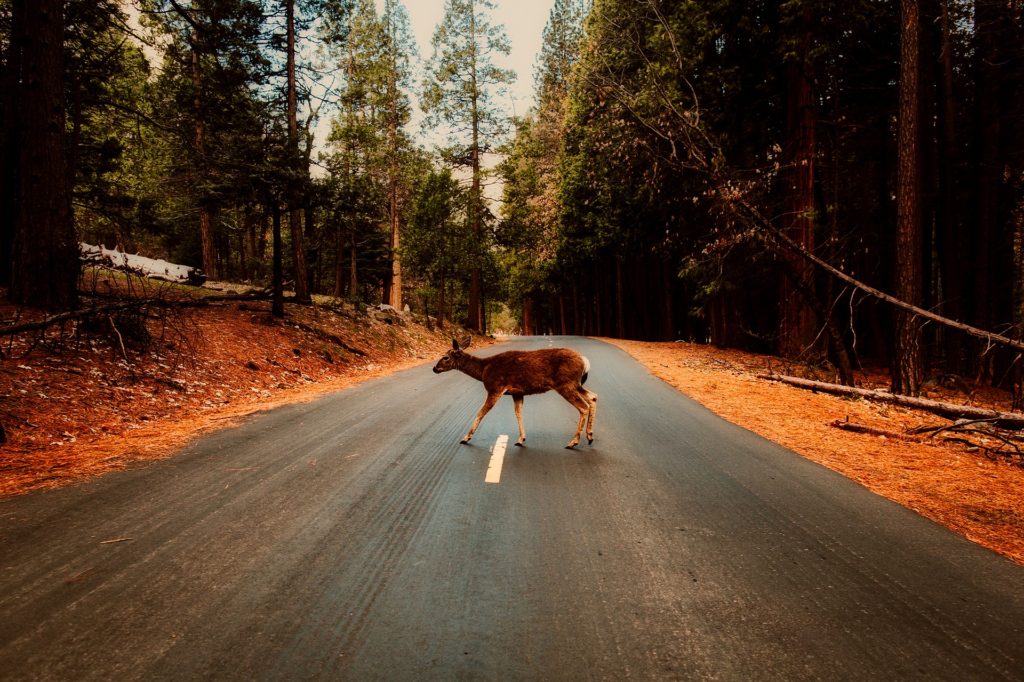Colorado is known for many things but few more iconic than its beautiful landscapes, vast mountainous wilderness, and wild animals. Elk, moose, bear, pronghorn, and many other large mammals travel across Colorado’s landscape in search of habitat, food, water, and a safe place to raise their young. Colorado’s quickly growing population, and the resulting growth of its transportation networks, is in direct conflict with traditional migration routes for many of these animals and herds. When animals and humans meet on Colorado’s roads, the outcome isn’t pretty; there are a number of forces working to change that right here in the Centennial State.
For over two years, CDR has been working with the Colorado Department of Transportation, Colorado Parks and Wildlife, and federal agencies, local organizations, sportsmen’s groups, engineers, and nonprofits to establish and grow the Colorado Wildlife and Transportation Alliance. You can see our work with the Alliance evolve here and here.
This past August, something new and exciting happened. Colorado Governor Jared Polis signed Executive Order, D 2019 011, Conserving Colorado’s Big Game Winter Range and Migration Corridors.
“Colorado’s natural beauty and wildlife are part of why so many people love our great state,” said Governor Polis. “This is a step toward better understanding and protecting the migratory patterns of Colorado’s wildlife populations and ensuring we can preserve our treasured animals and their habitats.”
In a Press Release, the Governor’s Office highlighted one of the most iconic wildlife crossings in the state. “Colorado has seen success with a number of wildlife passages around the state, most notably with Highway 9 south of Kremmling through the Blue River Valley. Over an 11 year stretch, there were more than 650 wildlife-vehicle collisions on this section of highway. Through collaboration, a wildlife passage project was completed in November 2016 and consists of two wildlife overpass structures, five wildlife underpasses, 10.4 miles of eight-foot-high wildlife exclusion fencing, 61 wildlife escape ramps, and 29 wildlife guards to help reduce wildlife-vehicle collisions while providing safe passages for wildlife.”
This is important not only to connect animals to their natural habitat, but for human safety as well. In addition to charging Colorado DNR with studying migration corridors and their intersection with Colorado roads, as well as CDOT with incorporating big game migration considerations into planning, the EO also underscores the importance of the Alliance and strengthening partnerships around Wildlife and Transportation issues. This is big news for all Colorado residents – both two legged and four!

